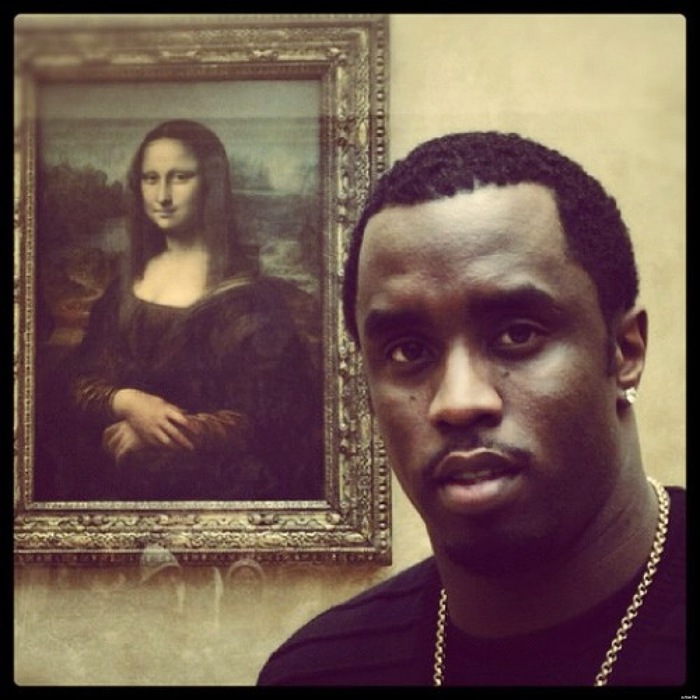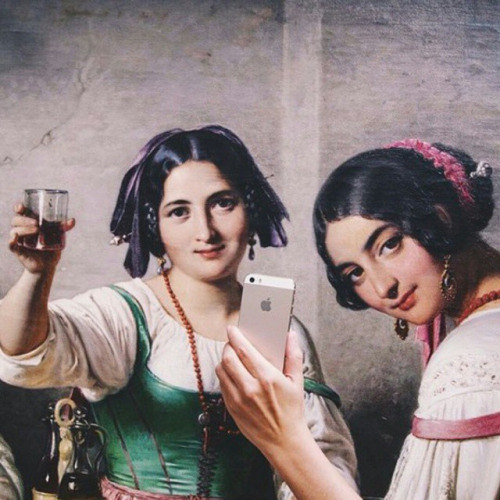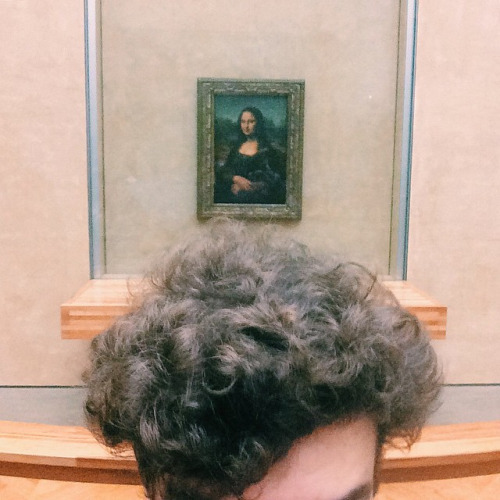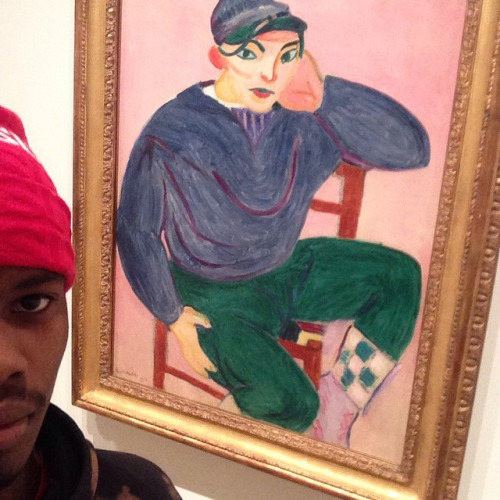Yes, The #Artselfie Is Getting Its Own Book
2015-07-28
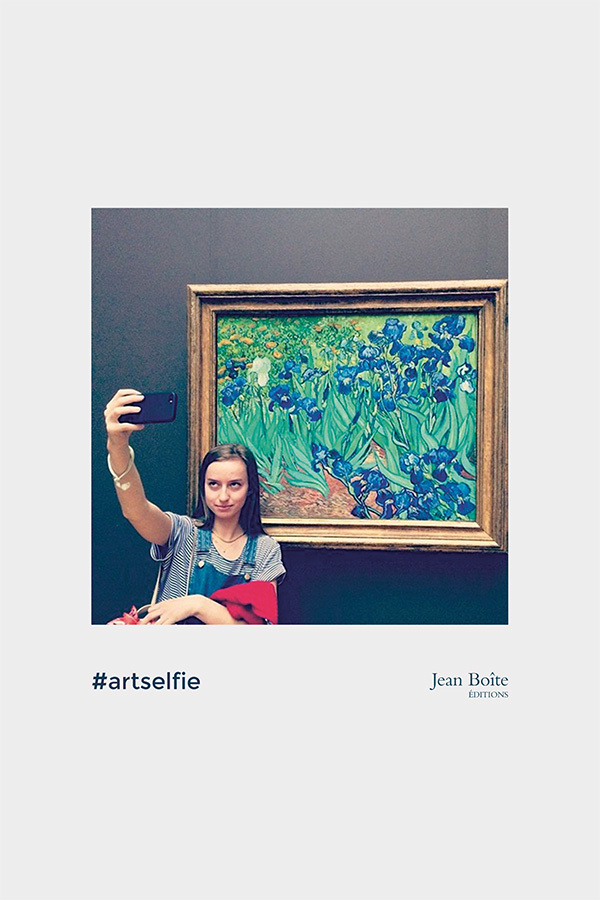
Drake did it at LACMA. Bey and Jay did it at the Louvre. And it isn’t just celebs, either; these days, it’s common practice to document your latest art gallery exploits in the form of an Art Selfie. But why do we want to see our yellow-tinted reflections on the backside of a Koons Balloon Dog, or line up for hours to take a picture inside one of Kusama’s mirrored installations?
In his “Let Us See You See You” blog post from 2012, writer and curator Brian Droitcour kickstarted the infectious #artselfie tag as an “aggregated mode of art-tourism and documentation.” Droitcour wrote, “Social media gives a loose and mutable form to life, with profiles, portraits, and updates that verbalize and visualize its incremental changes. If the mirror creates an image of the self, then social media is like a mirror hooked up to a telephone, communicating the self-image to others and creating new ones in a remote dialogue with theirs.” Is it that we’re delighted to catch our profiles in the reflection of a cultural context? Or is it more along the lines of an artistic case of FOMO?
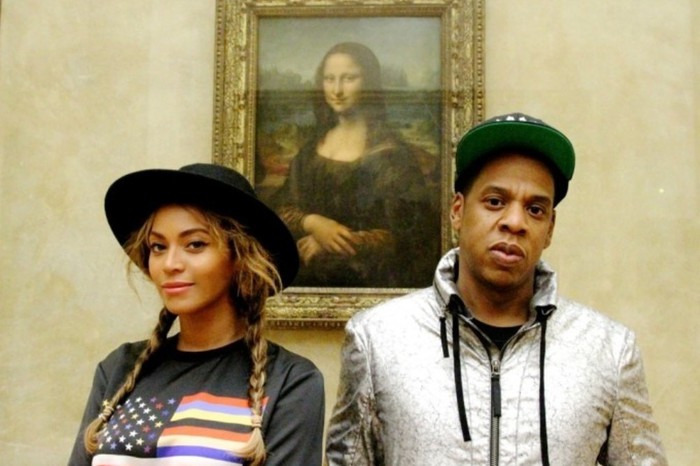
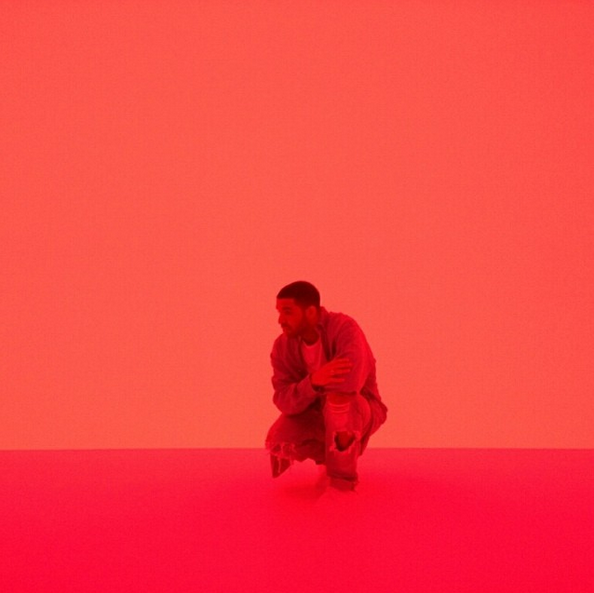
In any case, the #artselfie has become enough of a cultural phenomenon that it’s getting its own book.
Published by Jean Boîte Éditions in Paris, the #artselfies book is both an artifact of the contemporary moment and a timepiece for our generation. In the vein of DIS Magazine’s online #artselfie aggregator, the book features selfies that span Christian Megert’s square mirrors at the Guggenheim’s ZERO: Countdown to Tomorrow exhibition, to the Whitney’s Koons retrospective; from a broader stream of #artselfies that includes illustrated self-portraits, to meta art selfies like those taken in front of Richard Prince’s instagram portraits. The book also features a “Notes on Selfies” introduction by Douglas Coupland (author of Generation X: Tales for an Accelerated Culture) and a conversation between digital media platform DIS and Simon Castets, director of the Swiss Institute in New York, and co-founder of multi-platform research project, 89plus.
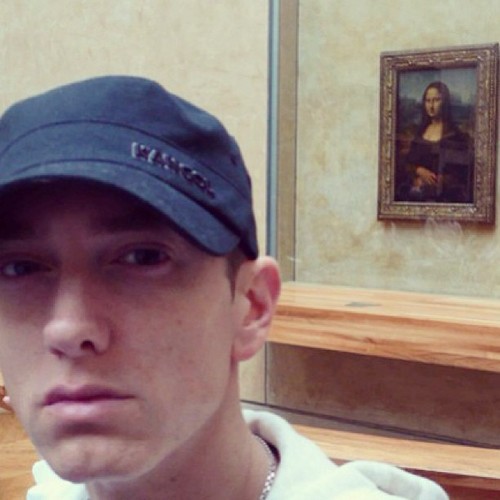
In an excerpt from the introduction, Coupland states, “Selfies are mirrors we can freeze. […] Selfies allow us to see how others look at themselves in a mirror making their modeling face when nobody’s around …except these days, everybody’s around everywhere all the time.” The idea of a “selfie generation” raises questions about where the lines exist between artworks and their audiences. If a selfie contains art, is that selfie art, too?
